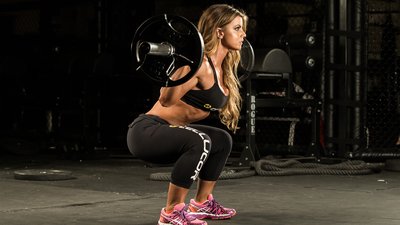It's official: Buns are the new guns. Well, maybe it's not official, but there's no doubt that glute training is getting more popular all the time. We've (almost) gotten to the point where any man or woman can hip-thrust a heavy barbell in the gym without fear of anyone thinking they're a weirdo. Here's hoping these become the gluteal glory days!
After all, if there's one muscle group that deserves to be made a priority, it's the glutes. Without a doubt, a strong butt makes you stronger and safer in the gym, as well as more capable in life. It helps protect your lower back from injury, while putting everyone else's neck at risk as they turn their head to watch you walk by. And yes, this applies to both men and women. Everyone deserves a great butt!
If you're tired of squirming around on a pair of pancakes during long movies, or if you're just wondering what my favorite glute-blasting exercises are, read on. Adding some focused glute work to your program may be the best thing you do for your body this year!
1. Double Up Your Leg Training
Just over a year ago, I realized that my glutes lacked the full, round shape they once had. From a side view, my butt actually looked pretty flat. So I immediately put a "glute day" on the calendar, right? Not exactly.
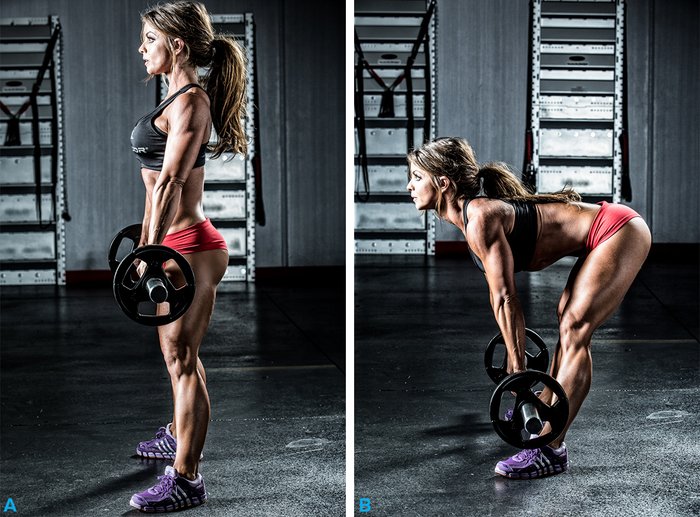
Squats, deadlifts, lunges, and even hip thrusts hammer both the quads and the hamstrings.
Honestly, it's pretty difficult to get an entire workout where the glutes are completely isolated. Squats, deadlifts, lunges, and even hip thrusts hammer both the quads and the hamstrings. You'd be hard pressed to find enough exercises to make an entire "day" worth your while.
My solution is to have two leg days per week. One is simply "leg day," and the other is "leg day with extra emphasis on the bikini booty." There's definitely some movement overlap between the two, but on my booty/leg day, I really focus on the types of glute-specific cues you'll see in this article. This approach has helped me make some serious progress over the past year.
2. Sometimes, Train One Leg At A Time
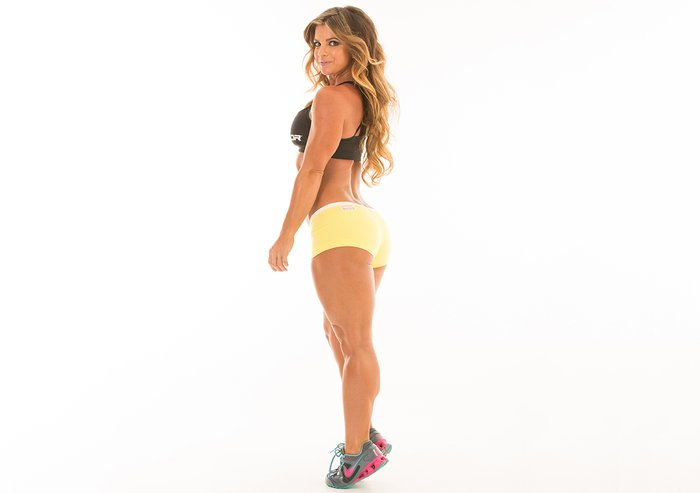
In general, I've found training each limb independently—what is known as unilateral training—to be incredibly effective for bringing up lagging body parts. For example, instead of only performing a standard deadlift with a barbell, I'll perform one-legged deadlifts using a dumbbell.
There are a number of reasons why this works. For one, I've found that the mind-muscle connection is much stronger when I include unilateral movements in my workouts. During single-leg deads, I'm able to really focus on pushing through my heel and utilizing far more of my glute in the exercise than I would if both feet were on the ground and I was using a barbell.
Don't take this to mean I'm not a fan of heavy deads. I am! But we all typically have one side of our body that's stronger than the other, and when you perform bilateral barbell exercises, you inadvertently end up relying more on the dominant side. This can lead to a muscular imbalance.
Unilateral training ensures that the weight is evenly distributed and each limb is putting forth an equal amount of work.
3. Hit Your Butt With The Kitchen Sink
Not literally! I just feel some of you asking, "So what should I do on my glute-focused leg day?" Luckily, there are tons of great exercises to choose from. Of course there are a few fan favorites that get the most buzz on social media—squats come to mind here—but in my experience, glutes respond best to variety.
This doesn't mean that every workout has to be chock-full of a brand new list of exercises. But if you have two distinctly different leg days each week, then I'd say you're off to a great start.
The exercises I've listed below require you to work your lower body and glutes from a variety of angles. There are forward, reverse, and lateral movements, as well as heavy and light movements. Mix and match until you find your perfect sequence!
What Are The Best Rep Ranges For Glute Training?
Train your glutes like any other muscle group. Feel free to mix and match rep ranges or have a "strength day" and a "muscle/pump day":
- 5 or less (per set): Strength
- 6-8: Strength and hypertrophy
- 8-12: Hypertrophy/pump
- 12 or more: Hypertrophy/endurance
Exercises
- Squat
- Sumo squat
- Plie squat
- Deadlift
- Sumo deadlift
- One-legged deadlift
- Curtsy lunge
- Curtsy lunge off a stair or low platform
- Reverse lunge
- Reverse lunge off of a platform ( ~1 ft.)
- Cable kick-back
- Kettlebell swings
- Cable pull-through
- Side lunge
- Frog hop
- Frog hop holding dumbbells
- Hip thrust (weighted or unweighted)
- Step-up
- Step-up with kick-back
- Walking lunge
- Lateral shuffle (resistance band around knees)
- Hip abduction on cable (use ankle cuff)
- Side lunge on cable (using the ankle cuff)
- One-legged TRX squat
4. Go In Prepared
Please don't take the list I gave you into the gym and expect to do a little of everything. Go into the gym with a plan! While I don't have any one set workout I always follow, I never show up to the gym without a solid outline in my mind of what I want to accomplish and what exercises I'm going to be doing.
I also make sure I'm properly fueled and eat at least one meal—before training I always prepare a mix of fast-digesting protein and carbs—plus a pre-workout on leg days so I can maximize my efforts in the gym.
I don't want to feel hungry, dehydrated, confused, or otherwise unprepared on leg day. I just want to hit it hard!
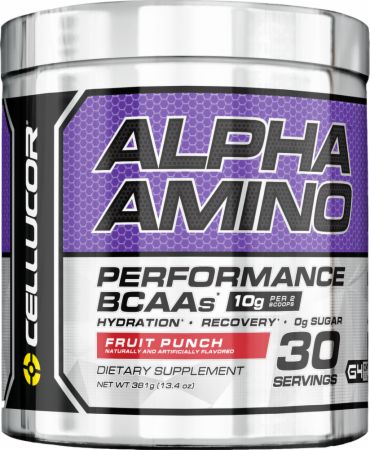
5. Squat Wide, Go Deep
During a movement like the barbell squat, you can put more emphasis on the glutes just by adjusting your foot position. A hip-width or wider stance will allow you to utilize the glutes more than a narrow stance. When doing Smith-machine squats, kicking your feet well out in front rather than keeping them directly under your body can put extra emphasis on the glutes, too.
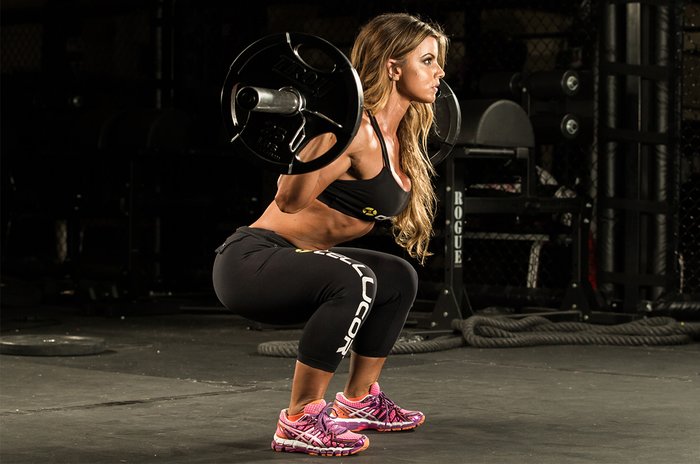
During a movement like the barbell squat, you can put more emphasis on the glutes just by adjusting your foot position.
For the leg press, whenever I want to put extra emphasis on the glutes, I place my feet higher on the sled. This recruits more of your glutes and hamstrings. When you place your feet lower on the platform, your quads essentially rule the exercise.
But how deep should you squat, you ask? That depends a lot on your levels of hip and lower-back stability and mobility. But your glutes will definitely benefit from going down to a point where your knees are bent at least 90 degrees, or what is usually called "parallel."
If you can get that low without dangerously rounding your back, that's probably low enough.
6. Four Words: Heavy Kick-Backs, Walking Lunges
If that list long list I just gave you feels a bit overwhelming, let me give you a couple of particular movements to prioritize. First up: heavy cable kick-backs. I know this exercise gets a lot of flack for not being a "serious" lift, but guess what: It seriously works!
Of course I always include variations of squats, deadlifts, and all of the old standard lifts, but since adding in cable kick-backs—with serious weight, not just 5-pound ankle weights a la Jane Fonda workout videos—I've noticed big-time improvement in the overall shape, size, and roundness of my glutes.
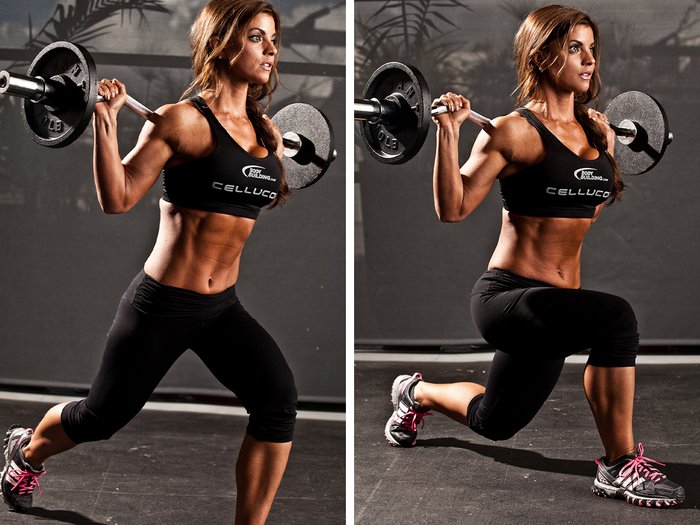
As for walking lunges, you knew this was coming. Just do them. 'Nuff said.
I typically do the standing version and keep my leg as straight as possible when kicking back, making sure to hold the contraction at the peak of the movement on each rep. This is one of the few exercises I do where I can really feel my glutes working overtime without engaging my quads hamstrings excessively.
As for walking lunges, you knew this was coming. Just do them. 'Nuff said.
7. Finish Off With Burnout Supersets
When I'm wrapping up a lower-body workout, I'll almost always include some sort of superset burnout combo at the end. Don't expect it to be fun or easy the first few times. Just prepare yourself mentally and finish strong!
On a typical leg/glute training day, I may pair an exercise such as the one-legged deadlift with a wide-stance jump squat for one of my supersets. When I'm performing cable kick-backs, since I'm already hooked up to the ankle attachment, I superset those with a cable side lunge or a cable reverse lunge—lunging with the leg attached to the cable, of course—to kick the intensity up a notch.
Hip thrusts alternated with tuck jumps make another great pairing. Use your imagination!
8. Do Booty-Strengthening Cardio
Because women tend to store more body fat in the hips and thighs, the booty can be stubborn when we try to make it look the way we want. I'm by no means suggesting that everyone needs to live on cardio machines, but at least three days per week of some sort of cardio activity, from 20-40 minutes each session, is a great idea.

Try to get in at least three days per week of some sort of cardio activity, from 20-40 minutes each session.
For cardio, I personally love to use the stairmill and the treadmill. With the former I find intervals are a girl's fat-blasting best friend. When I'm on the treadmill, I just crank up the incline and push it for a while. Walking at a decent pace on the treadmill at a really high incline forces you to engage more of your hamstrings and glutes, compared to walking on a flat surface, adding that extra bit of burn following your leg workout.
If you're used to being able to coast through cardio while watching bad TV, be prepared to have your attention grabbed by the burn in your glutes. Ride it out, hit the foam roller for a few minutes, and head home confident that you've done your booty—and your body—good!

